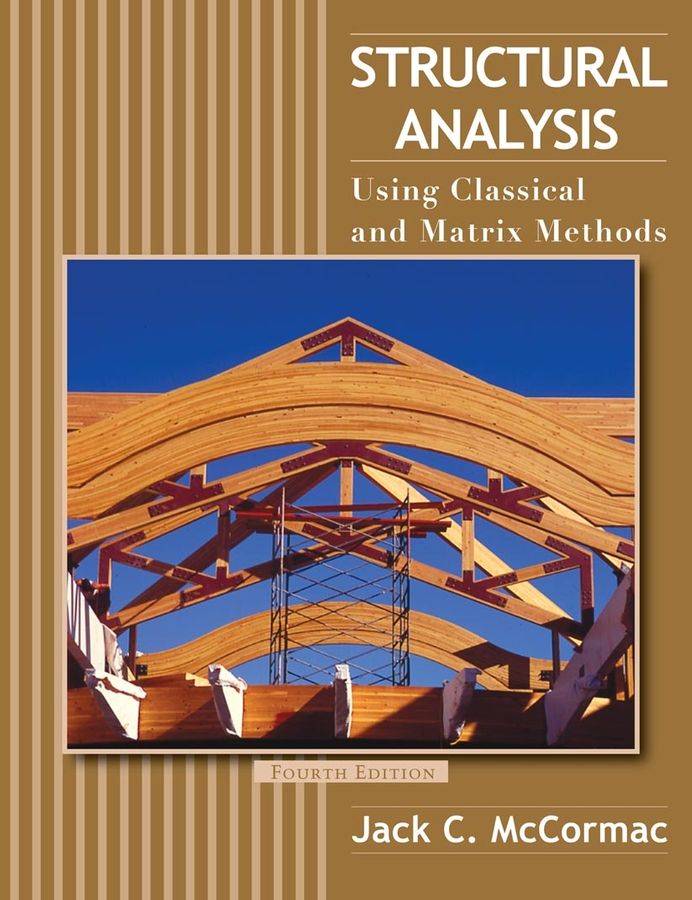The purpose of this text is to develop students’ fundamental understanding of the principles of structural analysis in the modern engineering office. Matrix methods and computer applications have in effect made many of the older “classical” methods of structural analysis redundant. Matrix methods, and structural analysis software such as SAP2000 are the tools that most engineers use in industry today. However, matrix methods alone may not give students the same “feel” for the behavior of structures subject to loads as does the practice of classical methods. <p>In addition to modern matrix methods, the author has included in this edition several of the classical methods because they give the student knowledge of the behavior of structures subject to varying loading. Students will develop a thorough understanding of the behavior of structural systems under load as they are introduced to the fundamentals of structural analysis for beams, trusses, and frames. The following classical methods are included in this edition: influence lines, conjugate-beam analysis for deflections, and approximate methods and moment distribution for statically indeterminate structures.</p> <p>The availability of computational software has completely changed the practical application of structural analysis. Instead of applying classical methods, engineers often use computer programs prepared with matrix methods. For this reason, the educational version of the SAP2000 software, as well as the author-developed SABLE software, are available for download from the book website.</p> <p>This text is suitable for the undergraduate level course. However, sufficient information is included for an additional course at the senior or graduate level.</p> <p><b>Course Hierarchy:</b><br /> Found in Civil Engineering, Architecture, Architectural Engineering, and Construction<br /> Course is called Structural Analysis<br /> Junior level course</p> <p> </p>
Structural Analysis
₹13,956.00
Using Classical and Matrix Methods
This book is currently not in stock. You are pre-ordering this book.
ISBN: 9780470036082
Category: Civil engineering, surveying and building
Related products
-
Children's / Teenage: General interest
Infographic: Top Ten: Record-Breaking Buildings
₹10.00 Pre-Order




